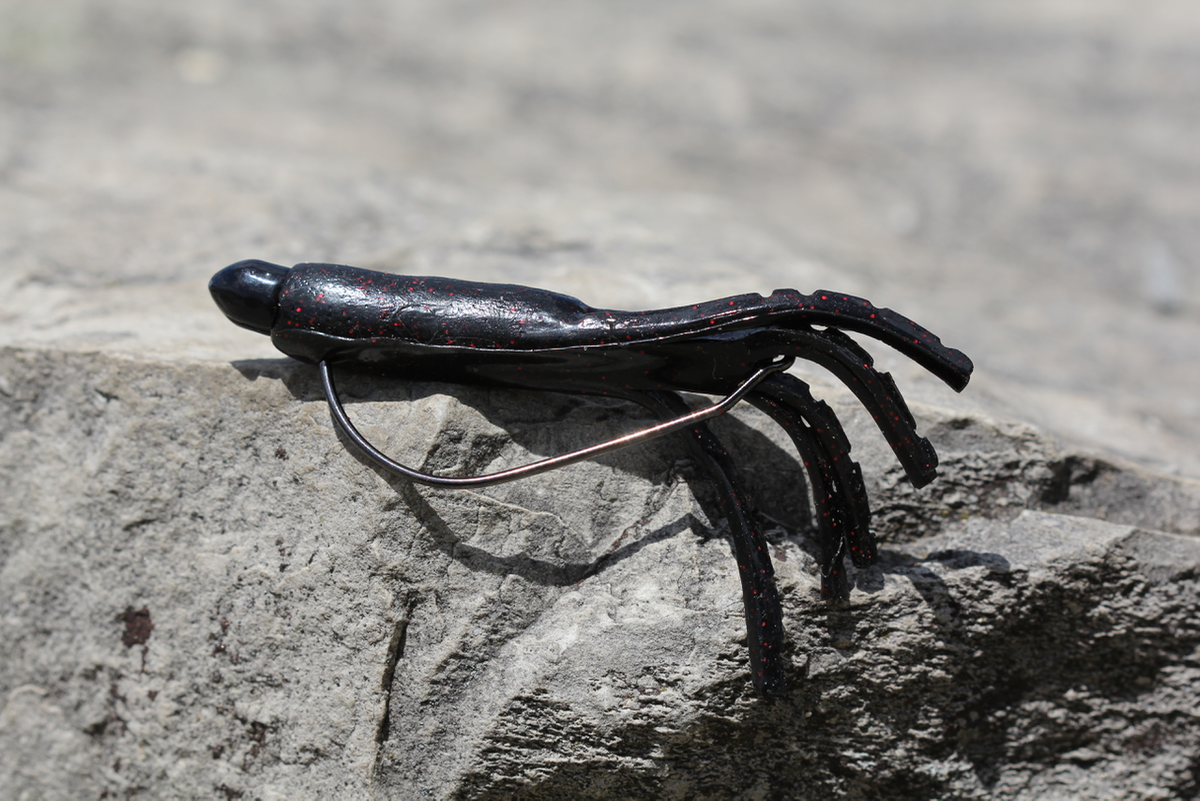Mendota Rig 101: What It Is And When To Use It
When bass are buried up in the grass – sometimes the only way to get them to bite is to get out the flipping stick, put on a heavy weight, and dig them out. As effective as it can be though, punching is still a heartbreaking technique, and lost fish can just be the reality of the situation.The reason for the sometimes low landing percentages when punching lies almost entirely on the sinker. A big, one ounce piece of tungsten can sometimes pop open the bass’ mouth on the hook set, preventing the point from penetrating.
Enter The Mendota Rig:
At its most basic, the Mendota rig, available here is just a punching system that allows anglers to penetrate vegetation with less weight, by placing the sinker below the hook.Mendota rig sinkers feature a wire or molded hole on the top through which the hook runs – allowing the weight to remain below the bait, away from the hook point.Think of it almost like a reverse Texas rig, which is typically one of the most versatile and popular setups. On a Texas Rig, the weight is abolve the bait, while on a Mendota Rig it is below.Because the weight is below the sinker, it is the first thing to hit the grass, opening up a hole more efficiently than with a traditional punching rig. Anglers fishing the Mendota rig can routinely downsize their sinker one to two sizes and get the same penetration. This may not seem like much, but if going from a 1 ounce weight to a ½ or ¾ can cause you to land even 2 or 3 more bass in a day, it’s probably worth some experimenting.For some more action on the Mendota Rig, check out the YouTube videos from C and C Bait company, the inventors, themselves!
Updated June 21st, 2017 at 3:22 PM CT


